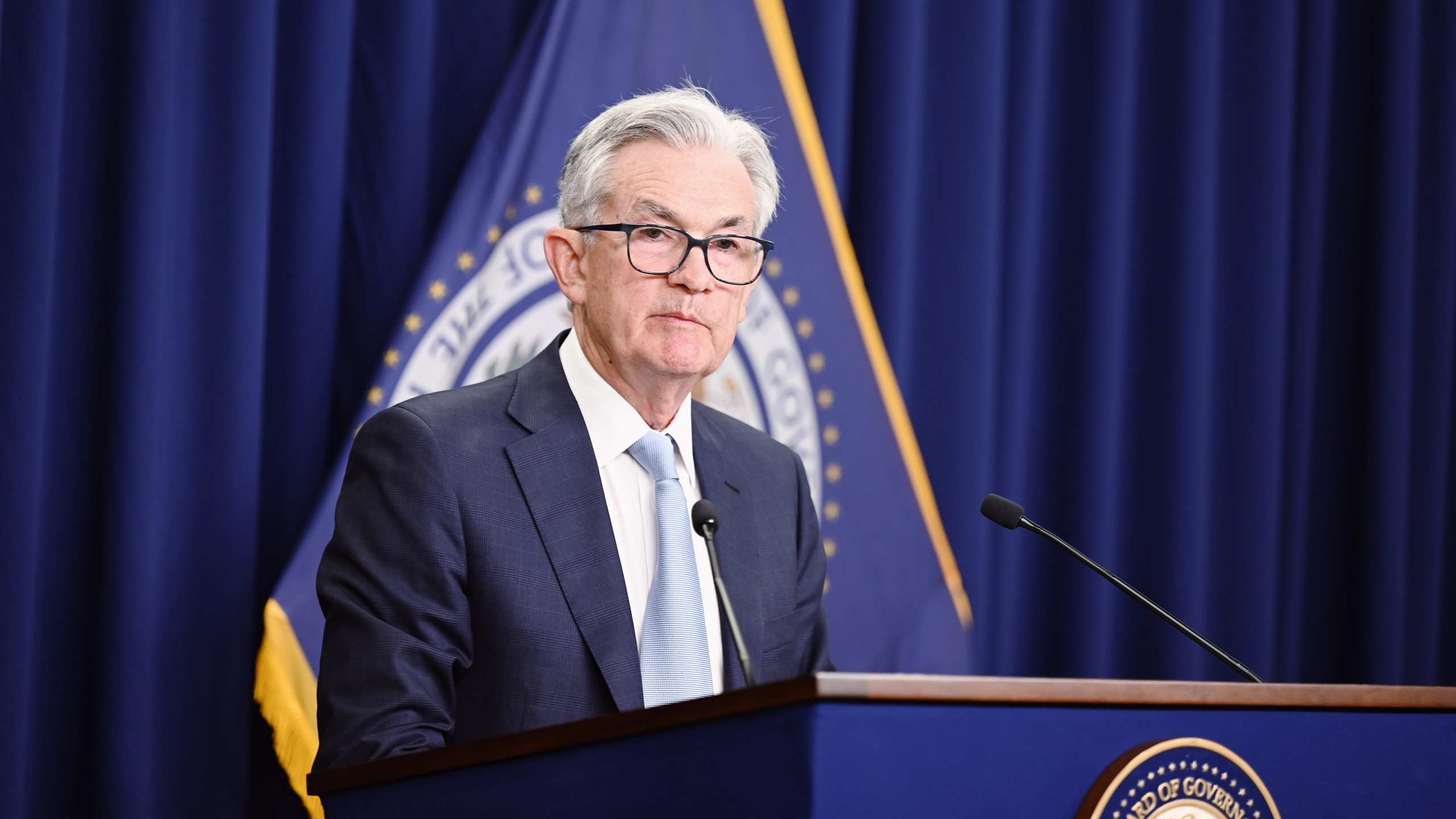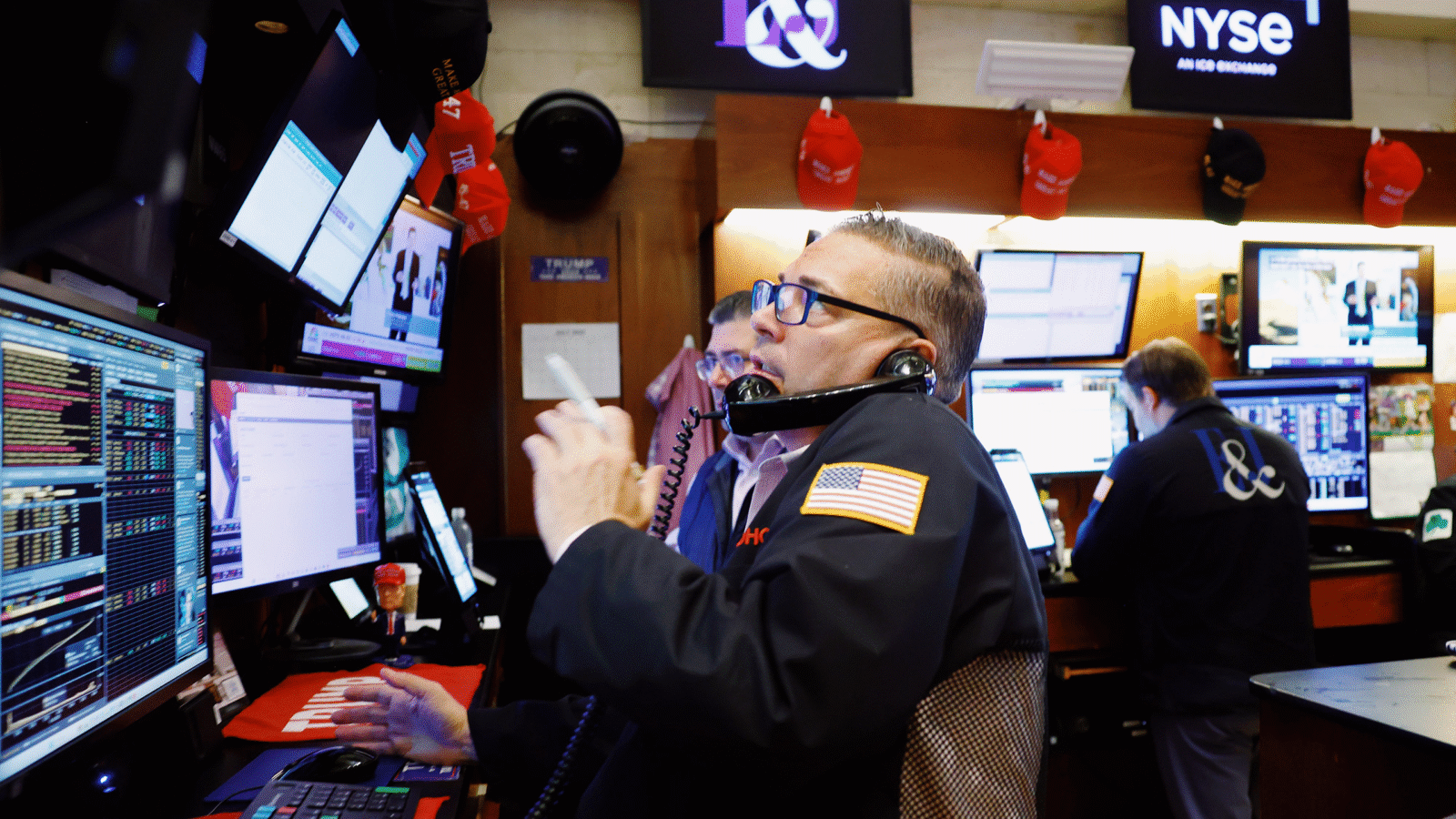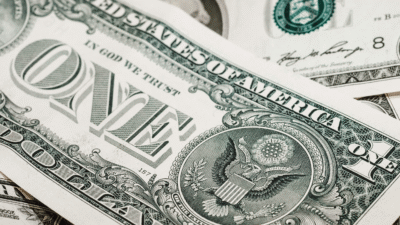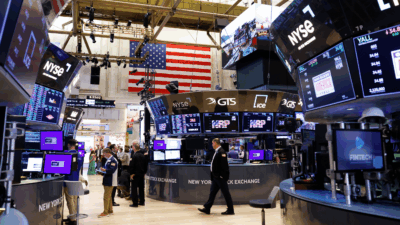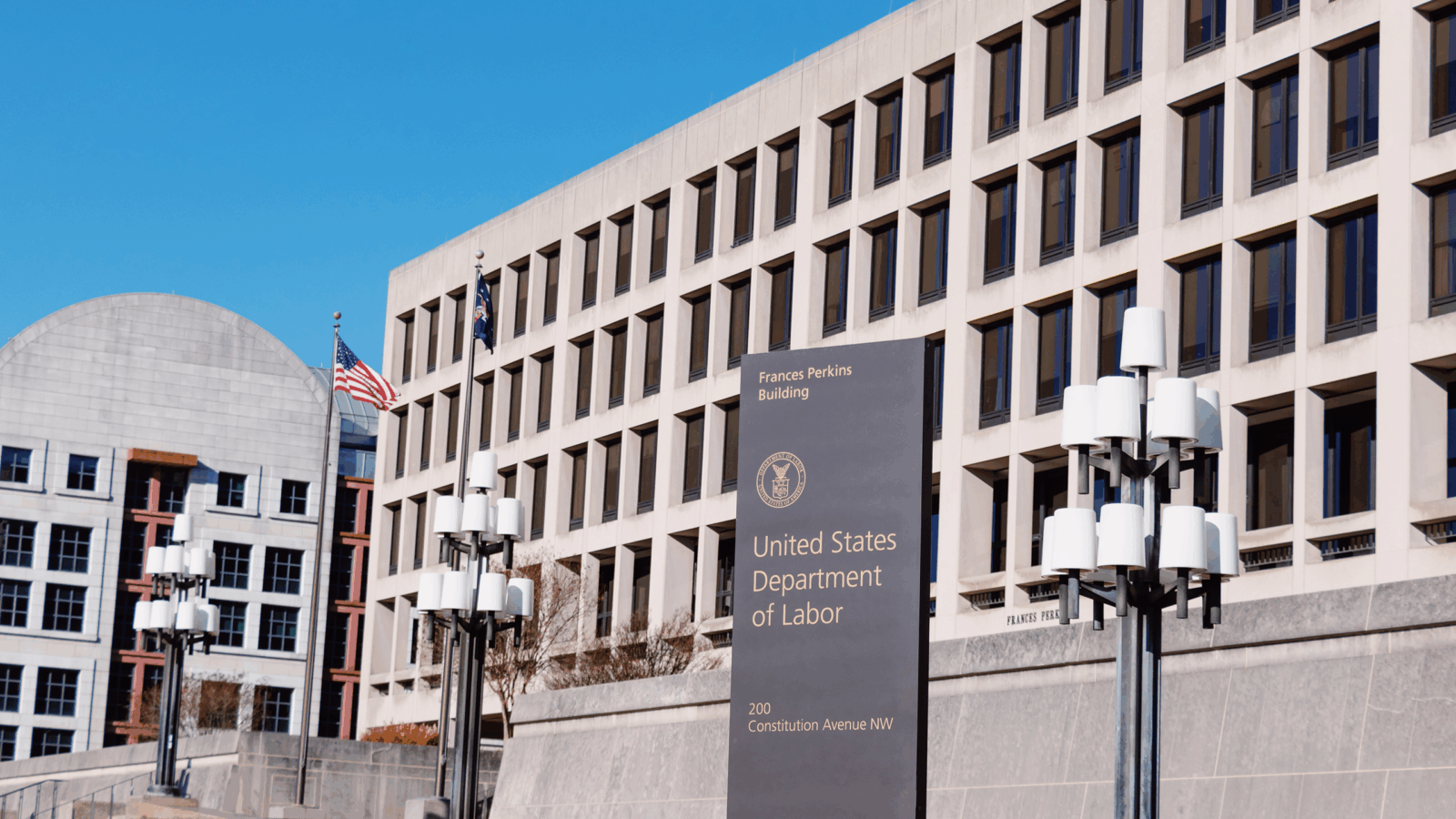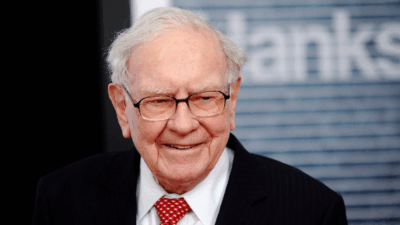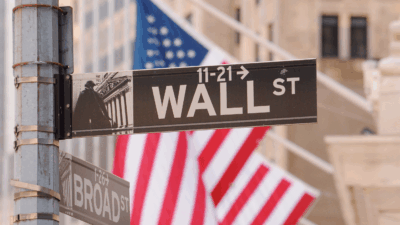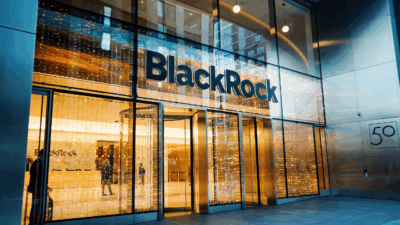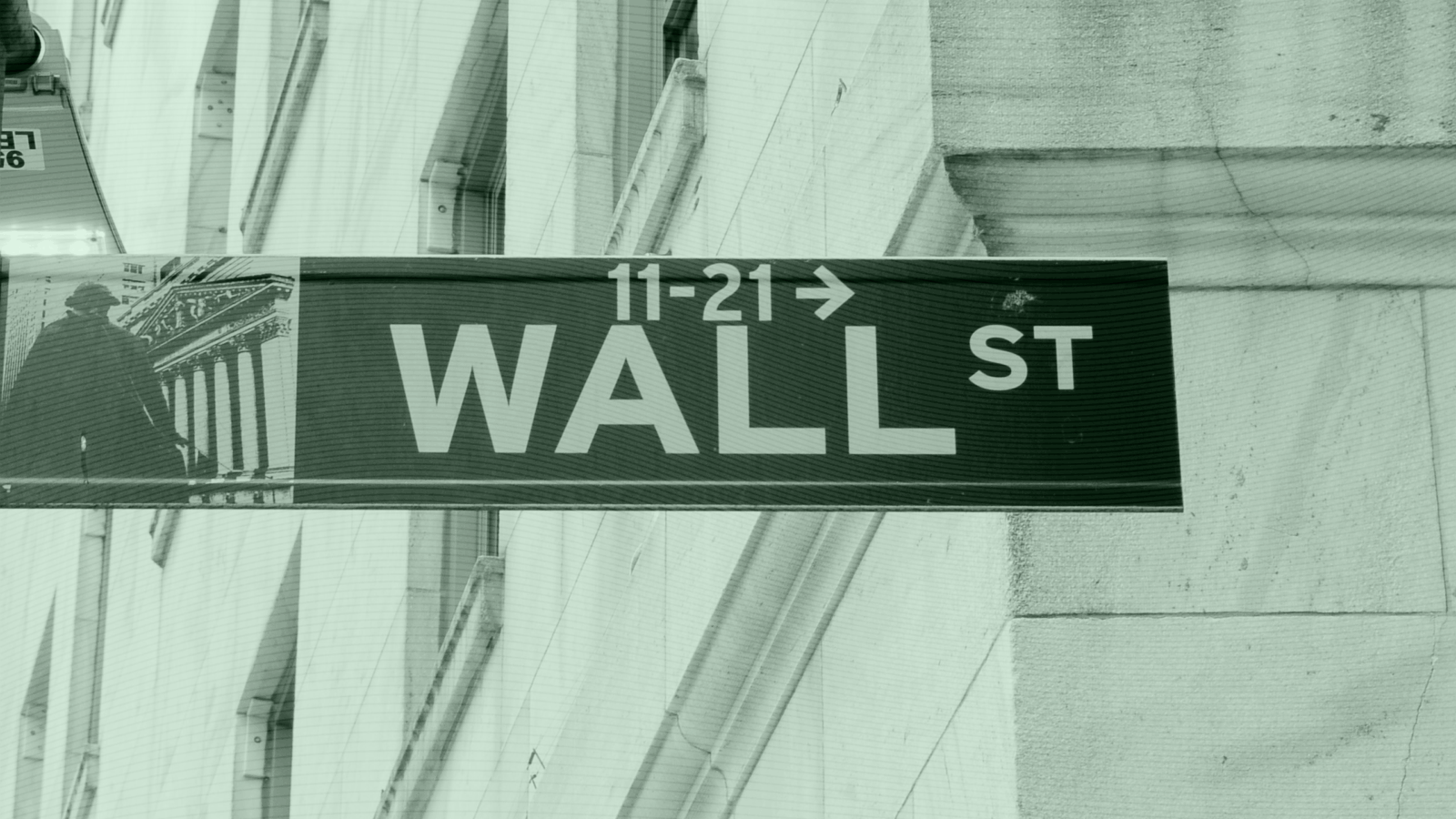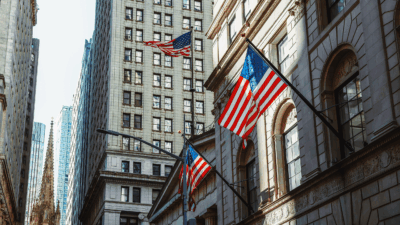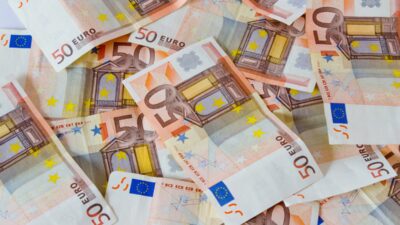Key Indicators Send Markets Into ‘Recession’ Chatter
Friday ended with the main indices in Asia, Europe, and New York pointing down in unison, the Nasdaq even entering correction.
Sign up for smart news, insights, and analysis on the biggest financial stories of the day.
With soft landings like this, we’d hate to see what a hard one feels like. Are we about to find out?
Little more than two weeks ago, the market’s latest bull run led the S&P 500 and the Nasdaq to new all-time highs. Then Friday ended with the main indices in Europe and New York pointing down in unison like a Siskel and Ebert movie pan, the Nasdaq even entering correction. Even worse, the Nikkei 225 index of leading Japanese stocks fell a staggering 12% today, its biggest ever daily loss and worse even than the infamous Black Monday of October 1987. Here’s what brought about the brisk anxiety.
Indicator Pontificator
The headline shock on Friday was America’s latest jobs report. Unemployment rose to a three-year high of 4.3% in July and the economy added a paltry 114,000 jobs, well below the 175,000 consensus forecast. The rise in unemployment triggered a noted recession indicator, the Sahm rule, with the current three-month average in the unemployment rate exceeding the lowest three-month average in the last year by at least 0.5%: It’s now at 0.53%.
And it’s not a loner data point: The Bureau of Labor Statistics’ Job Openings and Labor Turnover Survey, released three days earlier, showed 8.18 million jobs — the second-fewest this year. First-time applications for unemployment benefits rose to the highest since August 2023, and continuing claims rose to the highest level since November 2021. The Institute for Supply Management said its manufacturing Purchasing Managers’ Index dropped to 46.8% in June, the lowest in eight months, due to dwindling new orders. A labor market losing steam equaled stock markets losing their cool. There may be cause for restraint:
- The inventor of the Sahm rule, former Federal Reserve economist Claudia Sahm, told Fortune “no one should be in a panic mode today,” citing stable household income, consumer spending, and business investment data. (On the other hand, earnings at Starbucks and McDonald’s, as well as Yum Brands — which owns KFC, Pizza Hut, and Taco Bell — all missed last week.)
- There’s definitely a rate cut coming in September, right? If the US Fed finally comes through, which markets are pricing in as a near certainty, that should support equities. (On the other hand, the New York Fed estimates a 55% chance of a recession in the next year, which might lead to an “I told you so” from those who advocated for earlier cuts.)
Low Tech: Of particular note is the erosion of bullish sentiment around AI, which came amid underwhelming earnings from Google (down 2.3% Friday), Microsoft (down 2%), and Amazon (down 8.7%), as well as an announcement by Intel (down 26%, yikes) that it will cut 15,000 positions. The downstream implications of that sentiment fading can already be seen on the Philadelphia Semiconductor Index, which tracks chipmakers and was down 10% last week.
